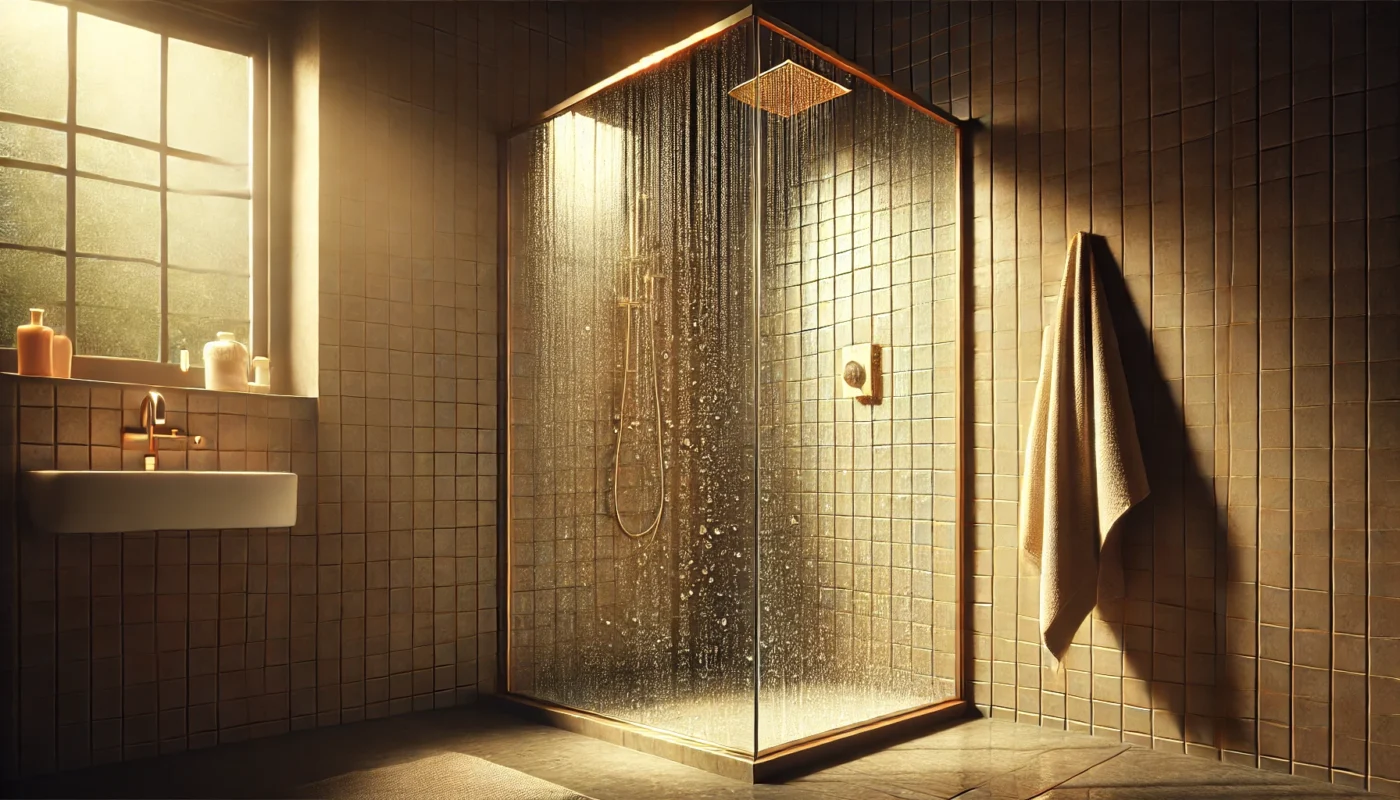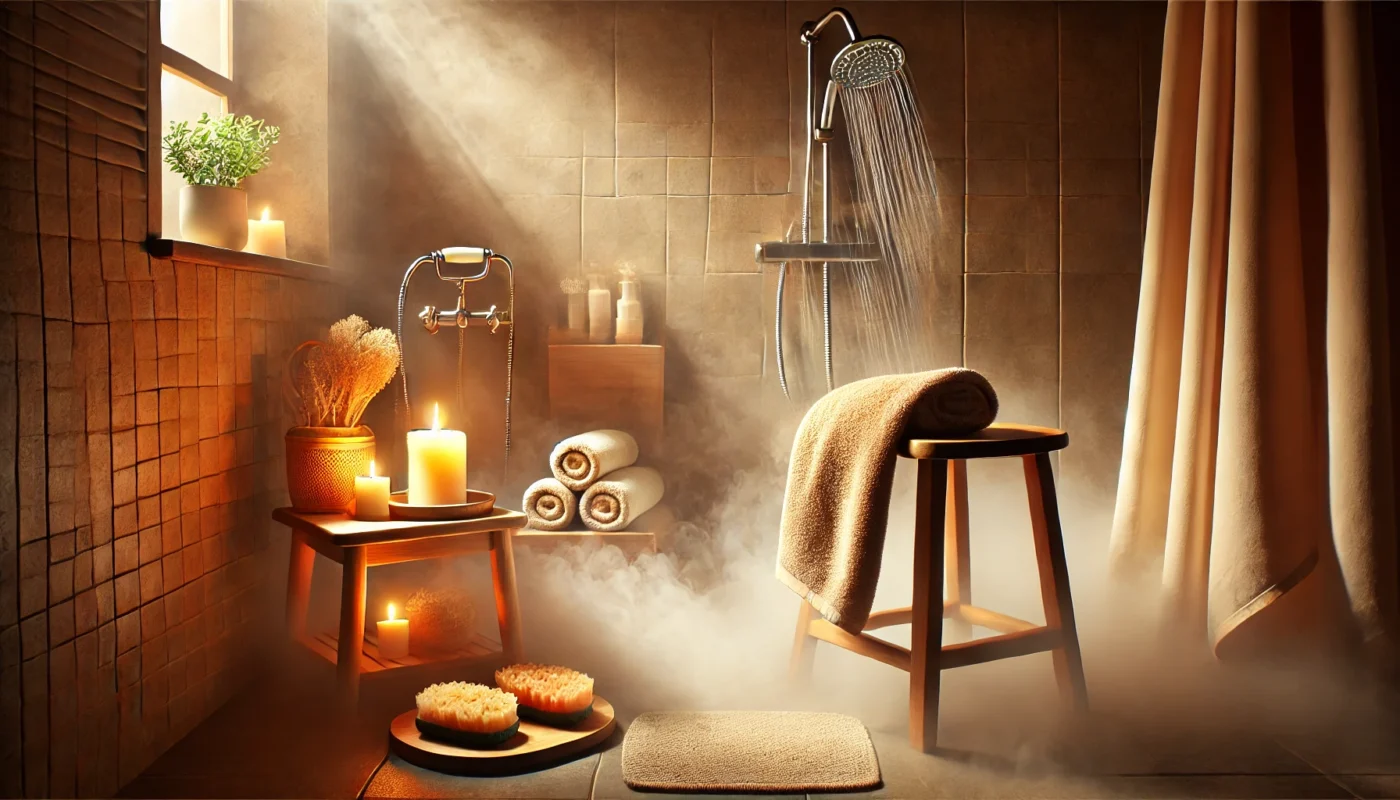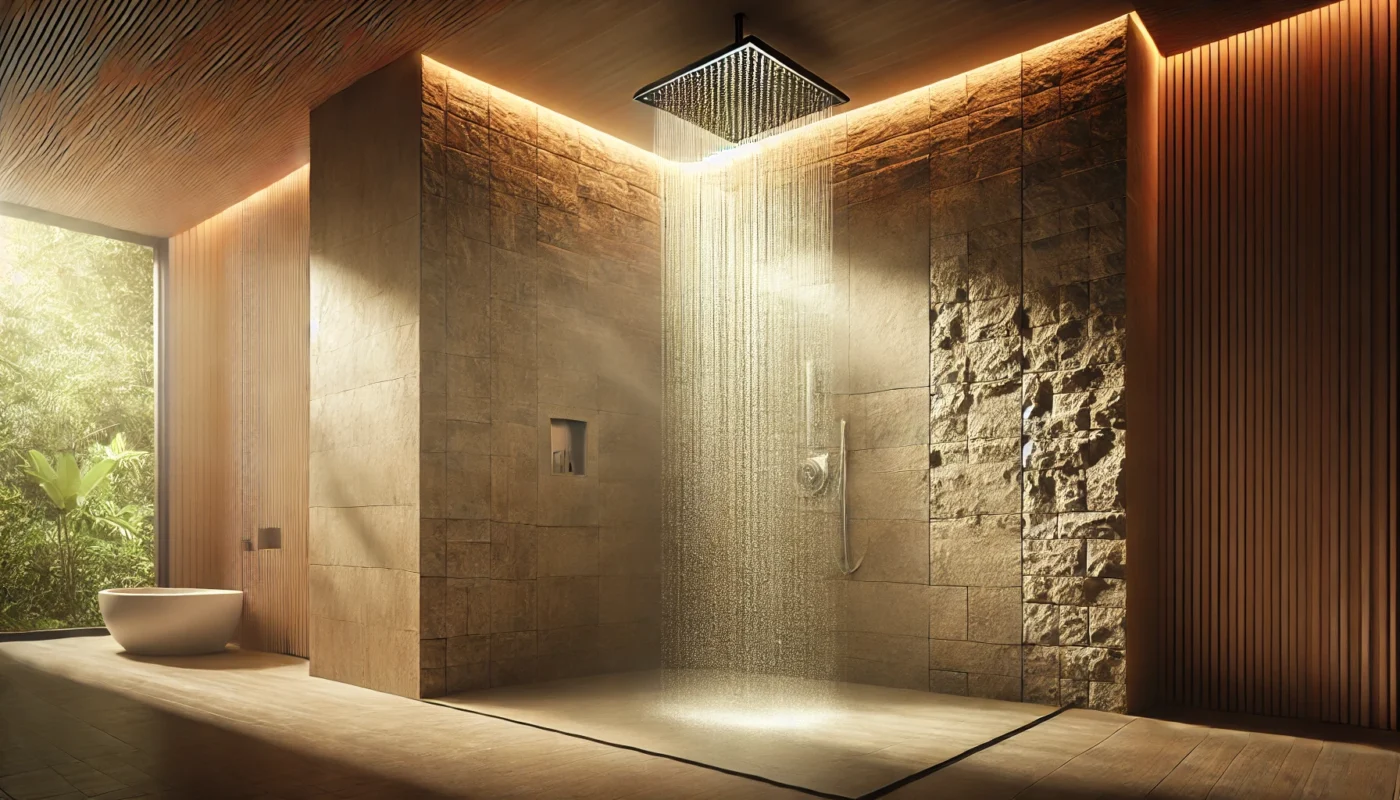Sunburn occurs when your skin is exposed to ultraviolet (UV) rays for an extended period. The damage manifests as red, painful, and sometimes blistered skin. Let’s delve deeper into what causes sunburn and how it affects your skin.
You may also like: Essential Tips for Sun Protection Daily
The Science Behind Sunburn
When UV rays penetrate the skin, they cause damage to the DNA in skin cells. This triggers an inflammatory response, leading to the redness and swelling associated with sunburn. The body attempts to repair the damage, which can result in peeling as new skin cells form and replace the damaged ones.
Common Symptoms of Sunburn
Besides the characteristic redness and pain, sunburn can cause a range of symptoms. These include tenderness, itching, and in severe cases, blisters. Some individuals may also experience systemic symptoms such as fever, chills, or fatigue, indicating a sunburn that is more severe.
Long-term Effects of Sunburn
Repeated sunburns can have lasting consequences. Over time, they contribute to premature aging, characterized by wrinkles and sunspots. More concerning is the increased risk of skin cancer, including melanoma, associated with cumulative UV exposure.
Should You Put Ice on a Sunburn?
The immediate reaction to sunburn might be to reach for ice packs or cold compresses. While this can provide temporary relief by numbing the area and reducing inflammation, it’s not always the best long-term solution.
Short-term Relief Vs. Long-term Healing
Ice can constrict blood vessels, reducing blood flow to the affected area, which can slow down the healing process. While it might offer quick relief, the cooling effect is temporary and doesn’t address the underlying damage to the skin.
Risks of Using Ice on Sunburned Skin
Direct contact with ice can further damage the already compromised skin barrier. It can lead to frostbite-like conditions or exacerbate the pain once the numbing effect wears off. For these reasons, it’s crucial to consider alternatives that offer sustained relief.
Alternatives to Ice
Instead of ice, consider using cool (not cold) compresses or a gentle, lukewarm shower. These options can provide relief without the risks associated with direct ice application. Cooling gels, like aloe vera, can also be effective in soothing sunburned skin.
The Debate: Hot or Cold Water for Sunburn?
Does a Hot Shower Help Heal Sunburn?
It might seem counterintuitive, but a warm shower can actually be beneficial for sunburn relief. Warm water helps to open up pores, which can aid in the release of trapped heat from the skin.
Benefits of Warm Showers
This gentle warmth can promote blood circulation, which is essential for delivering nutrients and oxygen to the damaged tissue for faster healing. The increased circulation can help in the removal of toxins and the supply of essential nutrients to the skin.
Psychological Comfort
Warm showers can also provide psychological comfort, helping you relax and reduce the stress associated with sunburn pain. The soothing effect of warm water on your skin can improve your overall mood and well-being.
Consistency in Treatment
Unlike cold showers, which may offer only temporary relief, warm showers can be part of a consistent treatment plan. Regular warm showers, combined with moisturizing, can significantly improve skin recovery.
Does a Cold Shower Help Sunburn?
Cold showers, much like ice packs, can offer immediate relief but may not support the healing process as effectively as warm showers.
Temporary Relief with Drawbacks
The initial comfort provided by cold water is often short-lived. Cold showers can lead to skin tightening, which might exacerbate discomfort once you’re out of the shower. This tightening effect can also hinder proper blood flow.
Potential for Increased Discomfort
After a cold shower, as the skin warms back to room temperature, there might be increased discomfort due to the rapid temperature shift. This can lead to a cycle of needing repeated cold showers without genuine healing.
Better Alternatives
For those who prefer cooler temperatures, opting for a lukewarm shower instead of a cold one can strike a balance. It provides enough soothing effect without the drawbacks of extreme temperature exposure.

How Warm Showers Aid in Sunburn Relief
Enhanced Blood Circulation
Warm showers improve blood circulation, which can accelerate the healing process. Increased blood flow ensures that essential nutrients and oxygen are delivered to the damaged skin, promoting repair and regeneration.
Importance of Blood Flow
Efficient blood flow is crucial in reducing inflammation and facilitating the removal of damaged cells. This biological process helps in quicker recovery and lessens the duration of sunburn discomfort.
Nutrient Delivery
Nutrients carried by the blood are vital for skin repair. Vitamins and minerals essential for healing are more effectively transported to the affected areas, aiding in the regeneration of healthy skin cells.
Oxygenation
Oxygen is another critical component delivered through enhanced circulation. It helps in cellular respiration and energy production, which are necessary for healing damaged tissues.
Gentle Cleansing
A warm shower provides a gentle cleansing effect that can remove any residual sunscreen, sweat, and environmental pollutants that may irritate the sunburn further.
Importance of Clean Skin
Keeping sunburned skin clean prevents infections and further irritation. A gentle cleanse helps remove any particulates that might exacerbate the burn or slow down healing.
Choosing the Right Products
Use a mild, hydrating body wash to avoid additional irritation. Look for products free from harsh chemicals and fragrances, which can further irritate sensitive skin.
Frequency of Cleansing
While cleansing is important, it should not be overdone. Too much washing can strip the skin of its natural oils, so balance is key to maintaining skin health.
Moisturization and Hydration
Warm water helps the skin to absorb moisture better. Following a warm shower, apply a soothing moisturizer or aloe vera gel to lock in hydration and provide a cooling effect.
Importance of Moisturizers
Moisturizers help in sealing the skin’s natural moisture barrier, preventing dehydration. This is crucial in preventing peeling and promoting faster recovery.
Aloe Vera and Other Natural Soothers
Natural products like aloe vera have anti-inflammatory and cooling properties. They not only hydrate but also soothe the skin, providing immediate relief from pain and discomfort.
Timing of Application
For best results, apply moisturizers or gels immediately after showering while your skin is still damp. This helps in maximum absorption and effectiveness.
Practical Tips for Using Warm Showers for Sunburn Relief
Optimal Shower Temperature
Aim for a lukewarm temperature rather than hot water. Extremely hot water can aggravate the skin and increase inflammation, while lukewarm water provides the right balance of warmth to soothe and heal.
Finding the Right Temperature
Test the water with your hand before stepping in. If it feels too hot for your hand, it will likely be too hot for your sunburned skin. Adjust the temperature to find a comfortable level.
Gradual Temperature Adjustment
Start with cooler water and gradually increase to lukewarm. This method helps your body adjust and prevents shock to the system from sudden temperature changes.
Monitoring Skin Reaction
Pay attention to how your skin feels during and after the shower. If you notice increased redness or irritation, adjust the temperature accordingly for future showers.
Duration and Frequency
Keep your showers brief, ideally under 10 minutes, to avoid excessive water exposure that can dry out the skin. You can take warm showers several times a day if needed, but always follow up with a moisturizer.
Benefits of Short Showers
Short showers prevent the skin from becoming overly dry, which can exacerbate peeling and irritation. They also help conserve water, making them an environmentally friendly choice.
Frequency and Routine
Set a routine for showers based on your sunburn’s severity. More frequent, shorter showers can provide consistent relief without overexposing the skin to water.

Post-Shower Care
Always follow up with a good moisturizer. This step is crucial in maintaining skin hydration and supporting the healing process.
Additional Relief Measures
Consider using oatmeal or baking soda in your bath to further soothe the skin. These natural ingredients have anti-inflammatory properties that can enhance the soothing effects of a warm shower.
Oatmeal Baths
Colloidal oatmeal is known for its soothing properties. It forms a protective barrier on the skin, locking in moisture and reducing irritation.
Baking Soda Benefits
Baking soda can help neutralize acids and relieve itching. Adding a small amount to your bath can enhance the soothing experience.
Combining Remedies
Experiment with different combinations to find what works best for you. Some might prefer oatmeal, while others find baking soda more effective; both can be used together for enhanced relief.
Beyond Showers: Complementary Sunburn Relief Strategies
While warm showers can be a significant part of your sunburn relief strategy, they are most effective when combined with other holistic remedies.
Aloe Vera
Aloe vera is renowned for its cooling and healing properties. Apply pure aloe vera gel directly to the sunburned area to reduce inflammation and hydrate the skin.
Benefits of Aloe Vera
Aloe vera contains compounds that reduce inflammation and promote healing. Its cooling effect provides instant relief from the burning sensation of sunburn.
Application Tips
For best results, use fresh aloe vera gel directly from the plant. If using store-bought gel, ensure it’s free from alcohol and other irritants.
Frequency of Use
Apply aloe vera gel several times a day, especially after showering, to maintain hydration and soothe the skin continuously.
Hydration
Drink plenty of water to stay hydrated and support the healing process from the inside out. Hydration is key to maintaining skin elasticity and preventing further damage.
Importance of Internal Hydration
Water helps in flushing out toxins and supports cellular repair. Keeping the body well-hydrated aids in quicker recovery from sunburn.
How Much to Drink
Aim for at least eight glasses of water a day, more if you’re in a hot environment or engaging in physical activity. Listen to your body’s thirst cues as well.
Hydration Alternatives
In addition to water, herbal teas and hydrating foods like watermelon and cucumber can also support hydration efforts.
Gentle Clothing
Wear loose-fitting, breathable fabrics to avoid irritating the sunburned skin. Natural fibers such as cotton are preferable.
Choosing the Right Fabrics
Cotton, linen, and bamboo are ideal for sunburned skin. These materials allow the skin to breathe and minimize friction.
Clothing Tips
Avoid tight clothing and rough fabrics like wool or synthetic materials, which can aggravate the skin. Loose-fitting clothing ensures comfort and prevents further irritation.
Sun Protection Measures
While clothing can protect sunburned skin, remember to apply sunscreen to exposed areas to prevent further damage. A wide-brimmed hat and sunglasses can offer additional protection.
Conclusion: Warm Showers as a Holistic Approach
Incorporating warm showers into your sunburn relief regimen can offer a soothing and effective alternative to traditional cold remedies. By enhancing blood circulation and promoting hydration, warm showers can facilitate faster healing and provide comfort.
Benefits of a Holistic Approach
A holistic approach considers both external treatments and internal well-being. Warm showers, combined with hydration and natural remedies, provide comprehensive care for sunburn relief.
Empowerment Through Knowledge
Understanding the benefits of warm showers for sunburn relief can empower you to make informed, holistic choices for your well-being. This knowledge enables you to tailor your sunburn relief strategy to suit your personal needs and preferences.

Future Prevention Tips
Always take precautions to protect your skin from UV exposure in the future to prevent sunburn from occurring. Use broad-spectrum sunscreen, seek shade during peak sun hours, and wear protective clothing.
By adopting these strategies, you can enjoy your time in the sun while minimizing the risk and discomfort of sunburn.
Further Reading:
7 Sunburn Relief Tips (and How To Prevent It Next Time)
sunburn relief, warm showers, cold compress, ice pack sunburn, skincare, UV protection, sunburn treatment, aloe vera, hydration, skin healing, natural remedies, sunburn care, skin care tips, summer skincare, soothing sunburn.
Important Note: The information contained in this article is for general informational purposes only, and should not be construed as health or medical advice, nor is it intended to diagnose, prevent, treat, or cure any disease or health condition. Before embarking on any diet, fitness regimen, or program of nutritional supplementation, it is advisable to consult your healthcare professional in order to determine its safety and probable efficacy in terms of your individual state of health.
Regarding Nutritional Supplements Or Other Non-Prescription Health Products: If any nutritional supplements or other non-prescription health products are mentioned in the foregoing article, any claims or statements made about them have not been evaluated by the U.S. Food and Drug Administration, and such nutritional supplements or other health products are not intended to diagnose, treat, cure, or prevent any disease.

